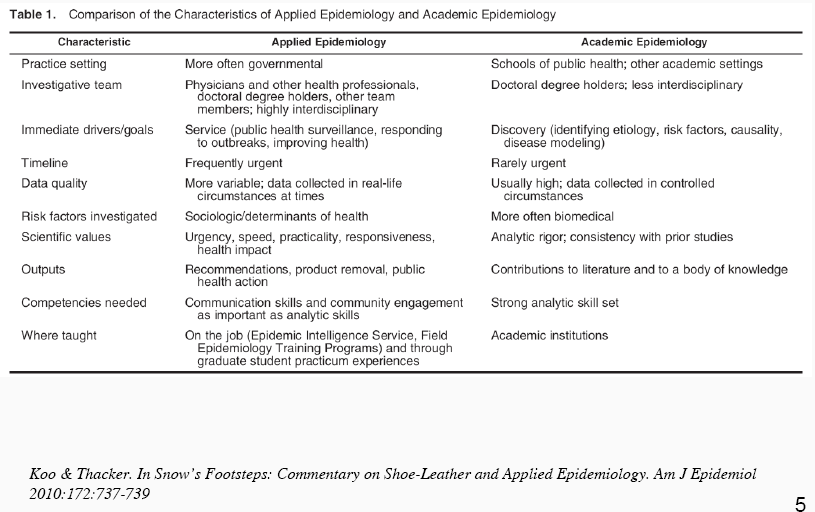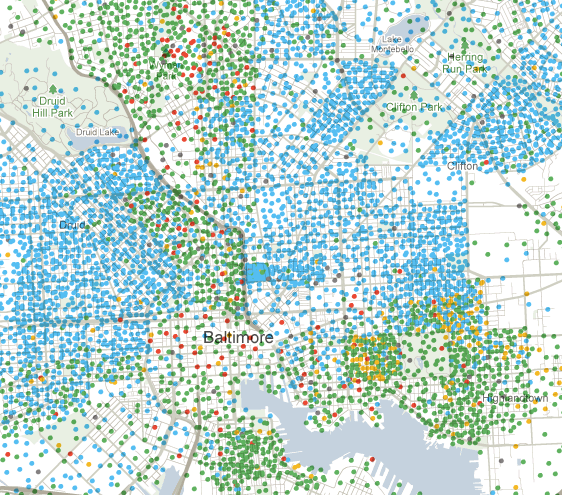David Simon, creator of The Wire and newly minted MacArthur Fellow, is interviewed by Bill Moyers in Guernica. It's one of the best things I've read in quite a while.
David Simon: You talk honestly with some of the veteran and smarter detectives in Baltimore, the guys who have given their career to the drug war, including, for example, Ed Burns, who was a drug warrior for twenty years, and they’ll tell you, this war’s lost. This is all over but the shouting and the tragedy and the waste. And yet there isn’t a political leader with the stomach to really assess it for what it is.Bill Moyers: So whose lives are less and less necessary in America today?
David Simon: Certainly the underclass. There’s a reason they are the underclass. We’re in an era when you don’t need as much mass labor; we are not a manufacturing base. People who built stuff, their lives had some meaning and value because the factories were open. You don’t need them anymore.
When I first moved to Baltimore I avoided watching The Wire for several months because I didn't want it to color my first impressions, and I've still only had time to watch the first season. But based on that alone, The Wire was a work of art, and one that was always risky in terms of commercial success because of the length of its story arcs.
A while back Kottke highlighted Simon's original pitch for the series (emphasis added):
But more than an exercise is realism for its own sake, the verisimilitude of The Wire exists to serve something larger. In the first story-arc, the episodes begin what would seem to be the straight-forward, albeit protracted, pursuit of a violent drug crew that controls a high-rise housing project. But within a brief span of time, the officers who undertake the pursuit are forced to acknowledge truths about their department, their role, the drug war and the city as a whole. In the end, the cost to all sides begins to suggest not so much the dogged police pursuit of the bad guys, but rather a Greek tragedy. At the end of thirteen episodes, the reward for the viewer -- who has been lured all this way by a well-constructed police show -- is not the simple gratification of hearing handcuffs click. Instead, the conclusion is something that Euripides or O'Neill might recognize: an America, at every level at war with itself.
And not just with itself. The Guernica interview I quoted from above resonated with me because I had just finished this Economist article on "Central America: the tormented isthmus" which outlines the many ways in which America's appetites and means result in our internal war being continuously foisted upon other countries.
Nearly all the world’s cocaine is produced in Colombia, Peru and Bolivia. The biggest consumer is the United States, where the wholesale price of a kilo of the stuff, even full of impurities, starts at $12,500. The route to market used to run from Colombia to the tip of Florida, across the Caribbean. But the United States Coast Guard shut down that corridor by the early 1990s, and shipments switched to the Pacific coast of Mexico. Now Mexico, too, has increased the pressure on the traffickers, just as Colombia has done in the south.
Ever supple, the drugs business has sought new premises. Somewhere between 250 and 350 tonnes of cocaine—or almost the whole amount heading for the United States—now pass through Guatemala each year, according to American officials...
The impact has been lethal. Guatemala’s murder rate has doubled in the past decade. In both Guatemala and El Salvador, the rate of killing is higher now than during their civil wars.
The comments on that article led me to this BBC article from April 7, on the drug-fueled violence in Mexico.
This view [that the violence is the result of fighting between rival criminal gangs, a sign of progress in the drug war] was echoed by the head of the US Drug Enforcement Administration, Michele Leonhart, at an international conference in the Mexican City of Cancun on Wednesday.
"It may seem contradictory, but the unfortunate level of violence is a sign of success in the fight against drugs," the DEA chief said.
And that must also mean that the increasing violence in Central America due to shifts in drug trafficking patterns is truly a sign that we're winning the future. If this is success, maybe we'd all be better of with failure.




